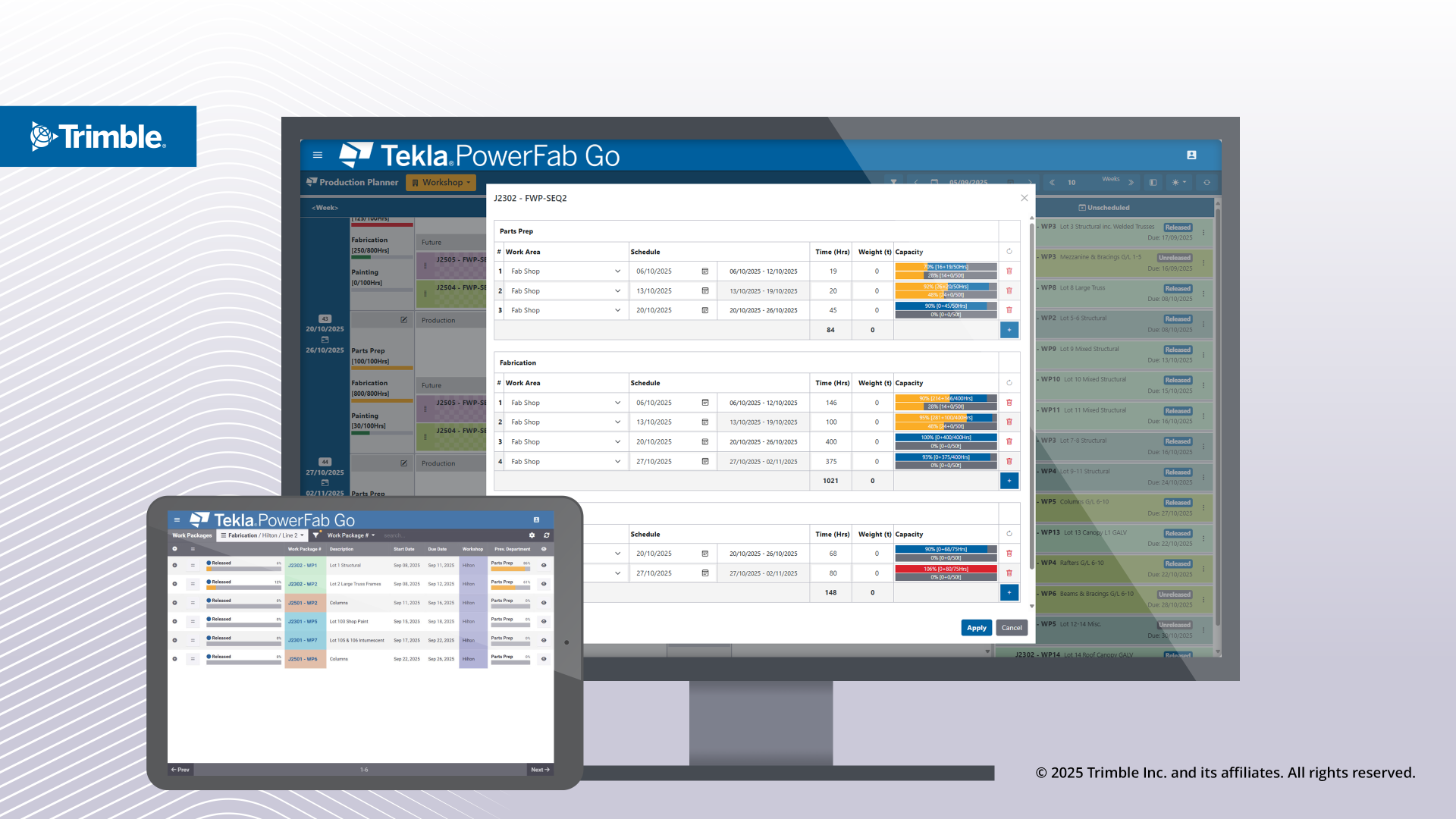
The New Summer Reality
This summer, temperatures have already soared to abnormally high levels, creating hazardous working conditions. Just like extreme cold, extreme heat poses serious risks to those working outdoors. Ensuring your team is well-prepared to handle the heat is crucial for their safety and well-being.
Recommendations for Managing Heat on the Jobsite
To protect your workers from the dangers of extreme heat, consider implementing the following measures:
1. Dress for Success
– Wear Light, Loose Clothing: opt for breathable, light-coloured clothing to reflect sunlight and help keep the body cool.
2. Hydration is Key
– Stay Hydrated: Encourage regular water intake. Avoid caffeinated beverages as they can dehydrate the body.
– Heat Exhaustion Symptoms: Monitor for signs of heat exhaustion which include:
– Headache
– Nausea or vomiting
– Dizziness or fainting
– Rapid breathing and heartbeat
– Extreme thirst (dry mouth or sticky saliva)
– Decreased urination with unusually dark yellow urine
Source: Extreme Heat Events: How to Protect Yourself from the Health Effects of Extreme Heat – Canada.ca (https://www.canada.ca/en/health-canada/services/climate-change-health/extreme-heat/how-protect-yourself.html)
3. Implement Regular Breaks
– Frequent Breaks:
Schedule regular breaks based on the temperature to allow workers to cool down and recover. Refer to the chart prepared by SAFE Work Manitoba for guidance on recovery times based on humidex levels:

– Humidex 1: Non-acclimatized workers performing moderate work.
– Humidex 2: Acclimatized workers performing moderate work.
4. Adjusting After Time Off
– Re-adjust to the Heat: Workers should gradually get used to the heat after returning from a holiday or long weekend to avoid sudden exposure.
5. Smart Eating Habits
– Avoid Heavy Meals: Heavy, hot meals can increase body temperature. Encourage lighter meal choices to help maintain a manageable body temperature.
Understanding Heat-Related Illnesses
When the body can’t cool down efficiently, it may lead to heat-related illnesses such as:
– Heat Rash: Related to blocked sweat glands.
– Heat Cramps: may be caused by salt loss from sweating.
– Heat Exhaustion: Characterized by symptoms mentioned above.
– Heat Stroke: A severe condition requiring immediate medical attention.
The Bigger Picture: Embracing Sustainable Construction
The rising temperatures and prolonged heatwaves are a growing concern. Without significant action to reduce global heat-trapping emissions, the number of days deemed too dangerous for outdoor work will likely increase. A forward-thinking solution lies in making construction practices more sustainable.
Sustainable Construction: A Future-Proof Approach
Transitioning to sustainable construction methods not only helps mitigate the effects of extreme heat but also promotes long-term safety and prosperity for construction professionals.
Contact BuildingPoint Canada for Sustainable Solutions
If you’re planning to build sustainably, our team at BuildingPoint can guide you from planning through execution. Contact us to learn how we can support your projects and help you adapt to these changing conditions.
For further information on worker safety, visit:
– Workplace Safety and Health Act (WSH)
– Occupational Health and Safety in Federally Regulated Workplaces
Stay safe, stay hydrated, and stay informed to keep your team protected this summer!
Latest Posts
Tekla PowerFab 2025i: New features and integrations now available
The 2025i version of Tekla® PowerFab® is now available, delivering new tools to help fabricators plan more accurately, manage projects…
Join BuildingPoint Canada at the 2025 CEC Annual Fundraising Golf Tournament
Join BuildingPoint Canada and the CEC for the 2025 CEC Annual Fundraising Golf Tournament. It will be a special day…
6 Hot Topics Everyone in Construction Is Talking About
The construction world has been buzzing lately, and not just from the sounds on the jobsite. There’s been a ton…
